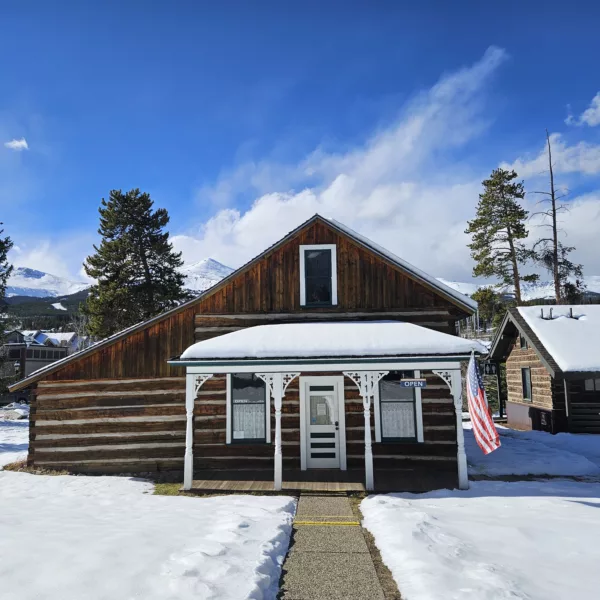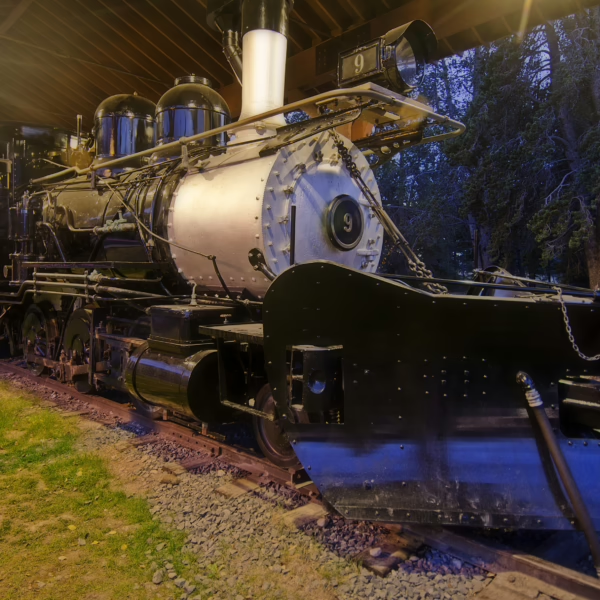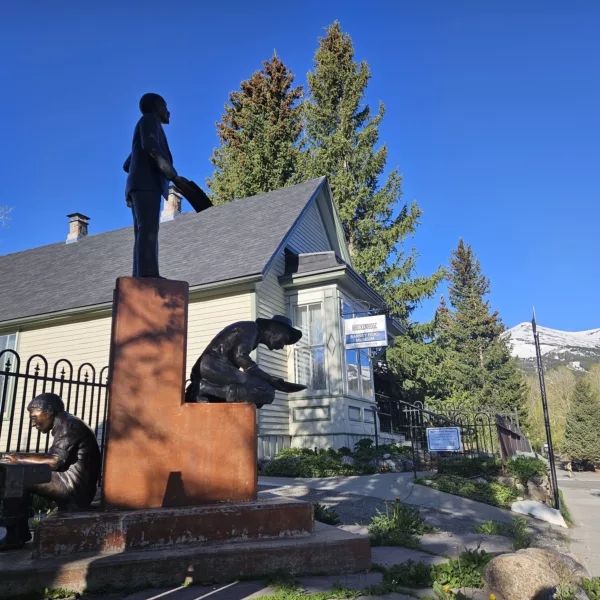Washington Mill Exhibit
June 28, 2021 | Category: Making History Happen

The Washington Mine and Mill Exhibit in Breckenridge opened this summer with a new self- guided milling exhibit. Many mines similar to the Washington included such mills to concentrate the valuable minerals being mined and eliminate waste materials to reduce transportation costs. Visitors can explore the Washington Mine and Mill Exhibit and learn from interpreters from the Breckenridge Heritage Alliance.
This exhibit has taken more than 5 years to complete and is considered by many mining historians to be the best display of milling equipment in the west. Nearly all mines open for tourism explain and demonstrate what kind of mining goes on in the mountain. It usually involves underground excavation, timbering, drilling, blasting and loading the broken rock into ore cars for transport out of the mountain.
What happens to the ore once it leaves the mountain? What happens next can determine if a mine will be profitable or not.
The Washington Mine and Mill Exhibit explains the workings of a concentration mill during the 1880 to early 20th century time period. The ore is crushed into a fine sand by four different types of equipment referencing three different time periods – a Blake jaw crusher, a stamp mill, a roll crusher, and a ball mill. The resulting product is separated by weight and gravity from the waste rock using two unique separation processes – a jig or a Wilfley table.
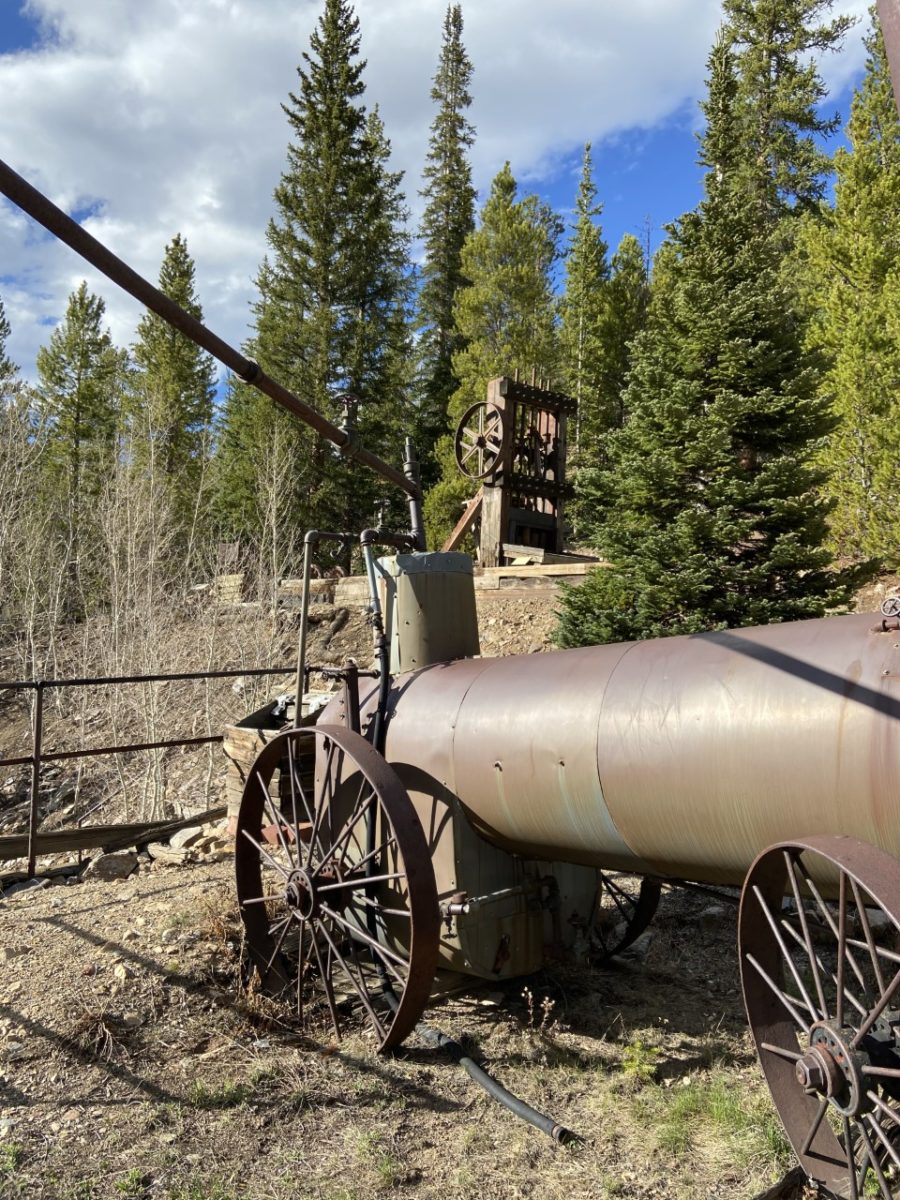
Concentration of the ore was critical to reducing transportation costs. According to historian Rick Hague, mine managers sought to reduce the concentrate to about 25% gold and 75% waste rock before transport to smelters in Denver, Pueblo, Colorado Springs, or Leadville. In the Breckenridge area, transportation costs were exorbitant, even after the railroad arrived in 1882.
Signs explain the function of each piece of equipment in the concentration process. The display is best viewed starting from the top of the inclined exhibit, where the loaded ore car comes from the mine. After a series of crushing and grinding steps by the heavy equipment the ore particles are finally concentrated by two machines at the bottom of the exhibit.
One of the fine concentrating machines is the Wilfley table, an ingenious invention created by Arthur Wilfley in nearby Kokomo, Colorado (under today’s Climax Mine tailings). The artifact on display at the Washington Mine and Mill Exhibit is in especially fine condition.
In addition to the milling exhibit, visitors will also see mining equipment, a shaft house, dry room, and miner’s cabin. Also on display at the site is a portable steam engine which powered the equipment.
Acquisition of these rare pieces of milling equipment was through the generosity of the National Mining Museum in Leadville, Colorado, and the Western Mining Museum in Colorado Springs, Colorado. Hague, along with collector and historian Rich Skovlin, spent several years gathering the artifacts.

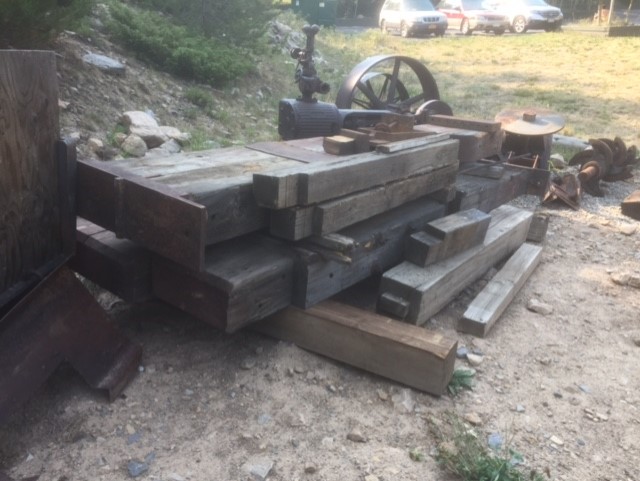
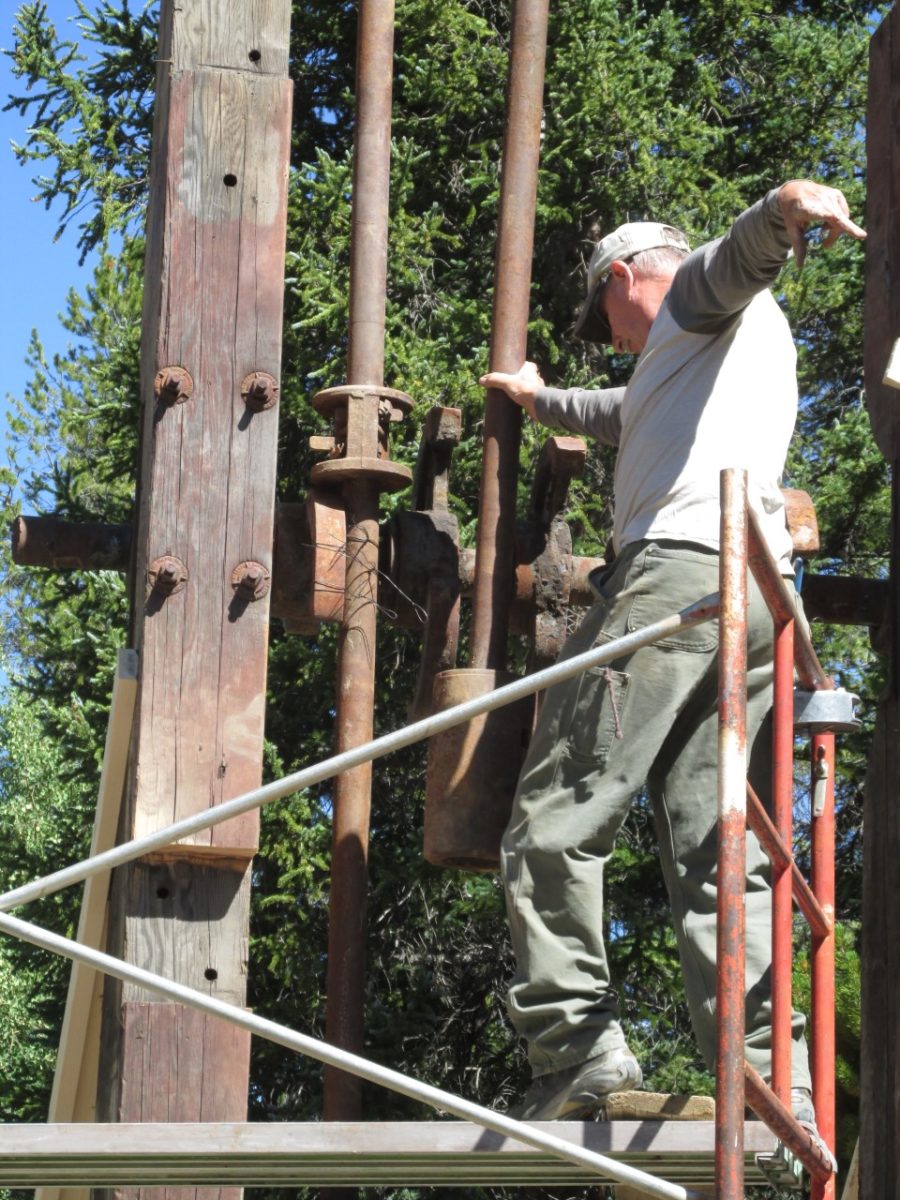
The stamp crusher was an important find. Located in many pieces at the National Mining Museum, Hague and Skovlin realized that all the parts were there. The challenge was to move it and put it all back together. Heavy equipment and low-boy trailers were needed to move the various pieces of milling equipment to Breckenridge. Many local businesses and individuals donated their time and skills to create this unique exhibit.
To learn more about the Washington Mine and Mill Exhibit, visit the site on your own or with a trained interpreter. For more about Breckenridge history, visit the website of the Breckenridge Heritage Alliance for information about other exhibits, museums, guided tours, and hikes.
written by Leigh Girvin with assistance from Rick Hague and Rich Skovlin

